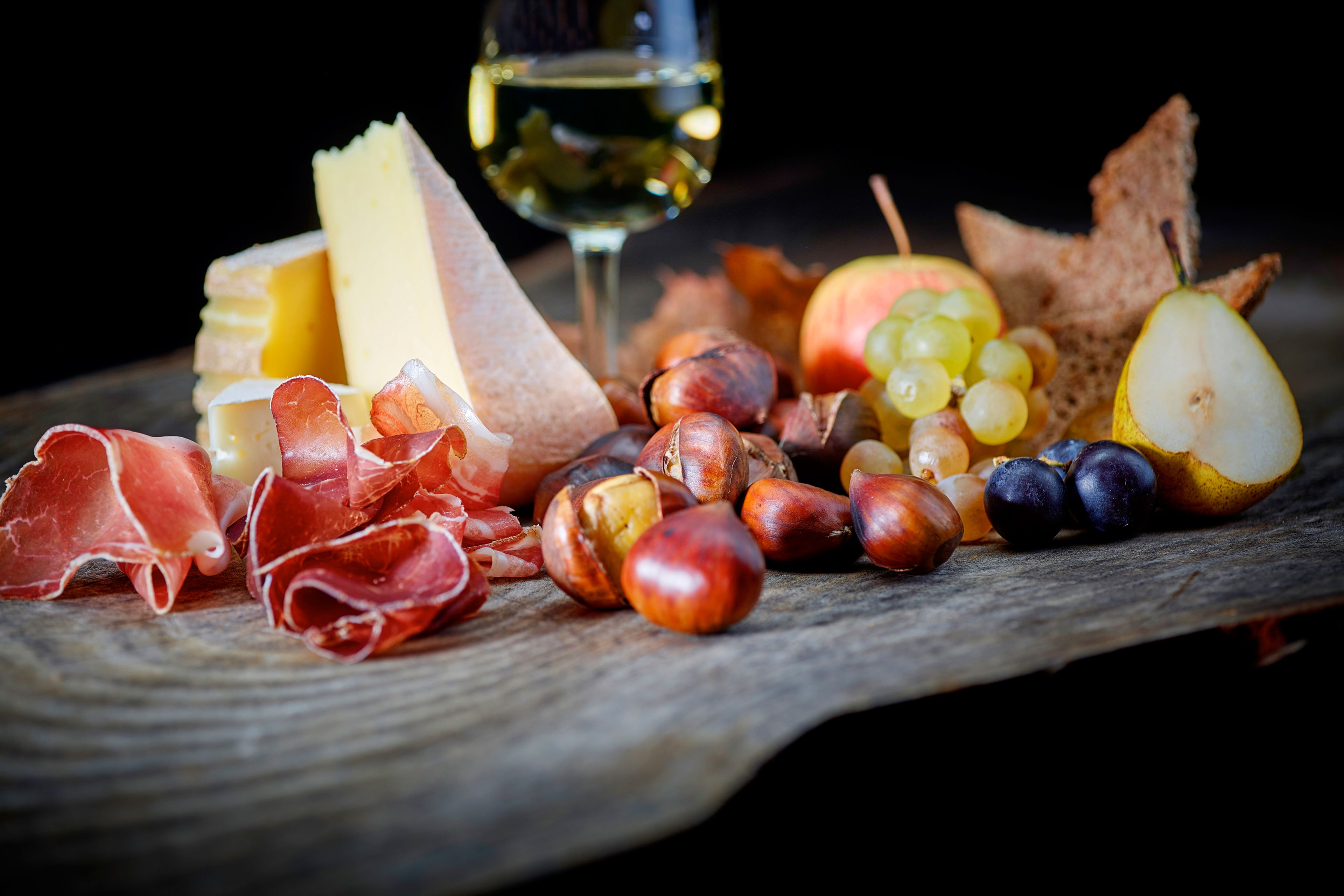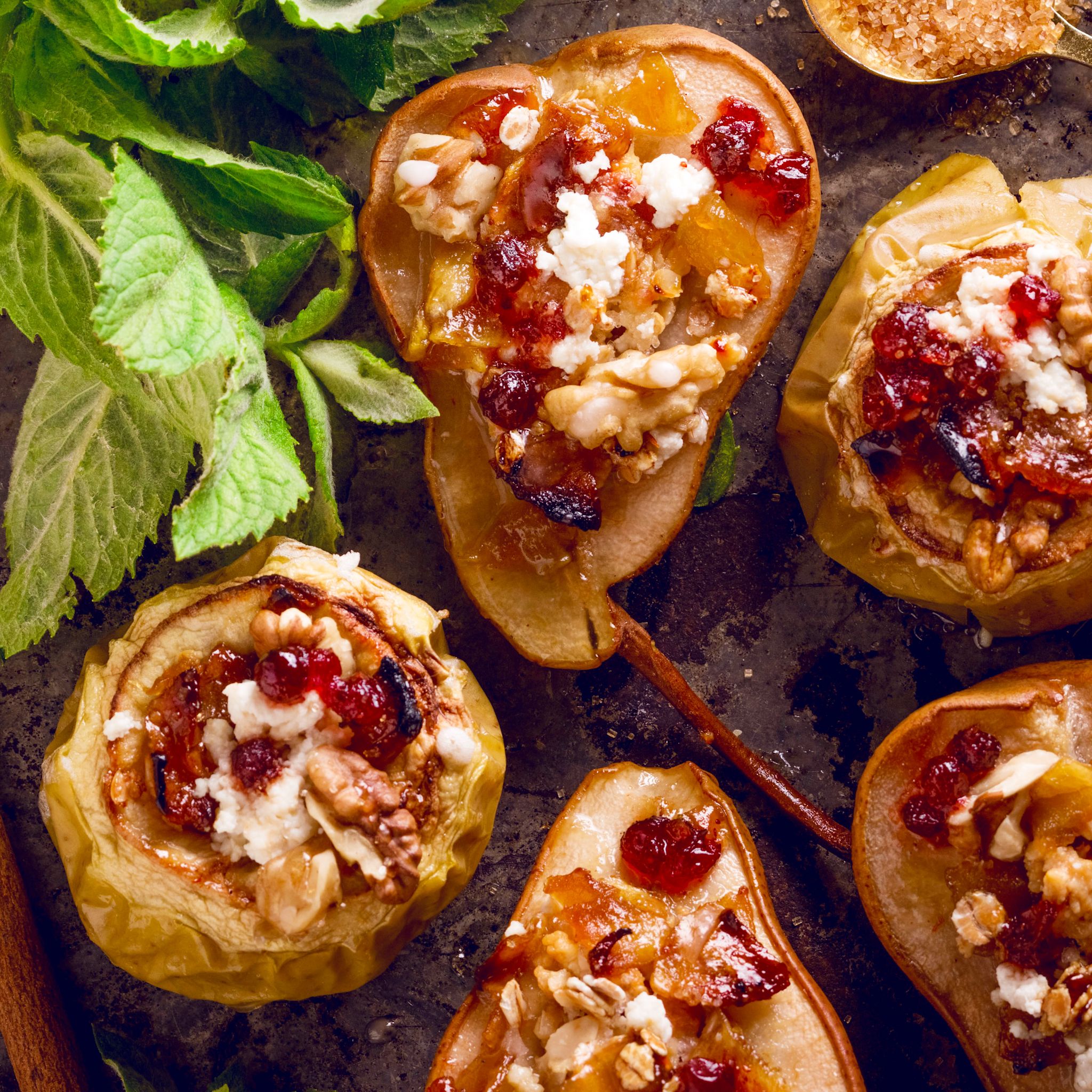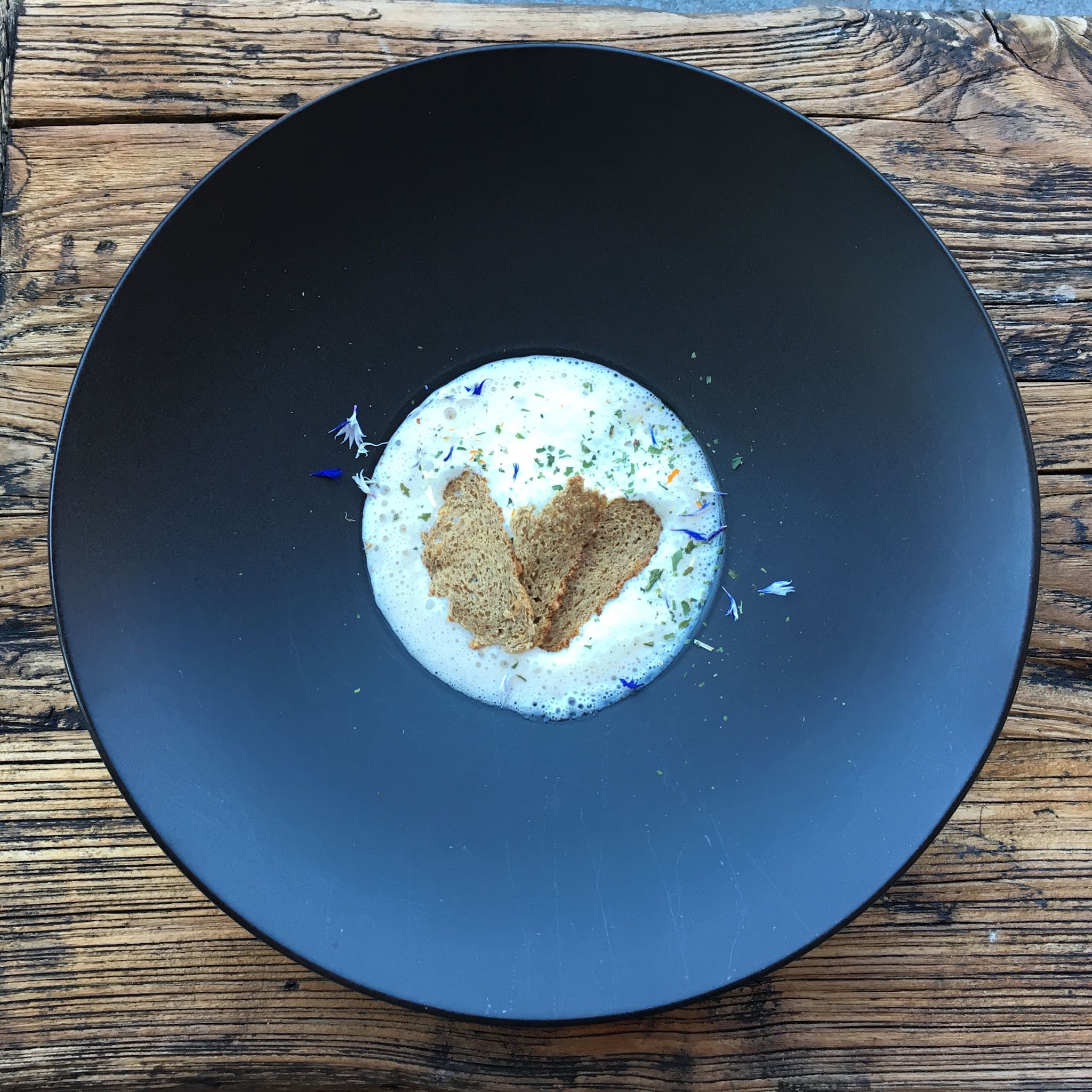Chestnuts

Autumn’s delights
Good to know
Season: Chestnuts are sold during the harvest period, which runs from mid-September to mid-November.
Storage: Chestnuts are best eaten soon after they are harvested. Otherwise, peel and store in the freezer (they keep for about a year frozen).
Area of cultivation: from St-Gingolph to Mörel-Filet
Events: The Fête de la Châtaigne (Chestnut Festival) in Fully, the one in St-Gingolph and the Castagnata in Simplondorf take place every year in mid-October. The Visper Brisolée in Visp is held at the end of October.
Health benefits
Chestnuts are especially rich in fibre and the vitamins B1, B2, B3, B6 and B9.
Chestnuts contain many trace elements including calcium, chlorine, copper, iron, iodine, magnesium, phosphorus, potassium, sodium, sulphur and zinc.
Chestnuts contain polyphenol antioxidants that limit the effects of cellular aging.
Chestnuts do not contain any gluten, and are therefore ideal for people with an intolerance.
Chestnuts are particularly recommended for people suffering from venous conditions.
The “brisolée”
If you enjoy chestnuts, you will love the brisolée! This classic Valais dish showcases the roasted fruit, its iconic autumn aroma and rich, tender flavours. The chestnuts are traditionally roasted over a wood fire – in a pan or a special perforated drum – until their brown shells split to reveal the golden flesh inside. Succulent, tasty and extremely rich in minerals, the chestnuts are served with dried meats, alpine cheeses, buttered slices of rye bread and fresh fruit from the region (grapes, apples and pears), all accompanied by a glass of white Valais wine or, for youngsters, a delicious glass of fresh grape juice.

Did you know?
To separate good chestnuts from bad, simply plunge them in tepid water: the ones that float to the surface are probably rotten and can be thrown away.
Chestnut trees originated in Turkey and were brought to the south of the Alps by the ancient Romans.
The chestnut tree is also known as the “bread tree” or “tree of the poor” because of the high nutritional value of its fruit, which once provided a substitute for cereals in regions where poor soil did not permit cultivation of wheat, barley or oats.
Members of the public are welcome to collect chestnuts free of charge – providing they have already fallen to the ground – during October in the chestnut groves in Fully and the Salzgäb area by Mörel.
How to enjoy
Chestnuts are delicious roasted, grilled, puréed into a sweet “crème de marrons” (used in the classic “vermicelles” dessert), dried and ground to form flour, candied as “marrons glacés” or in soups; for ideas, follow one of our recipes. You can even enjoy chestnut beer brewed by WhiteFrontier.











